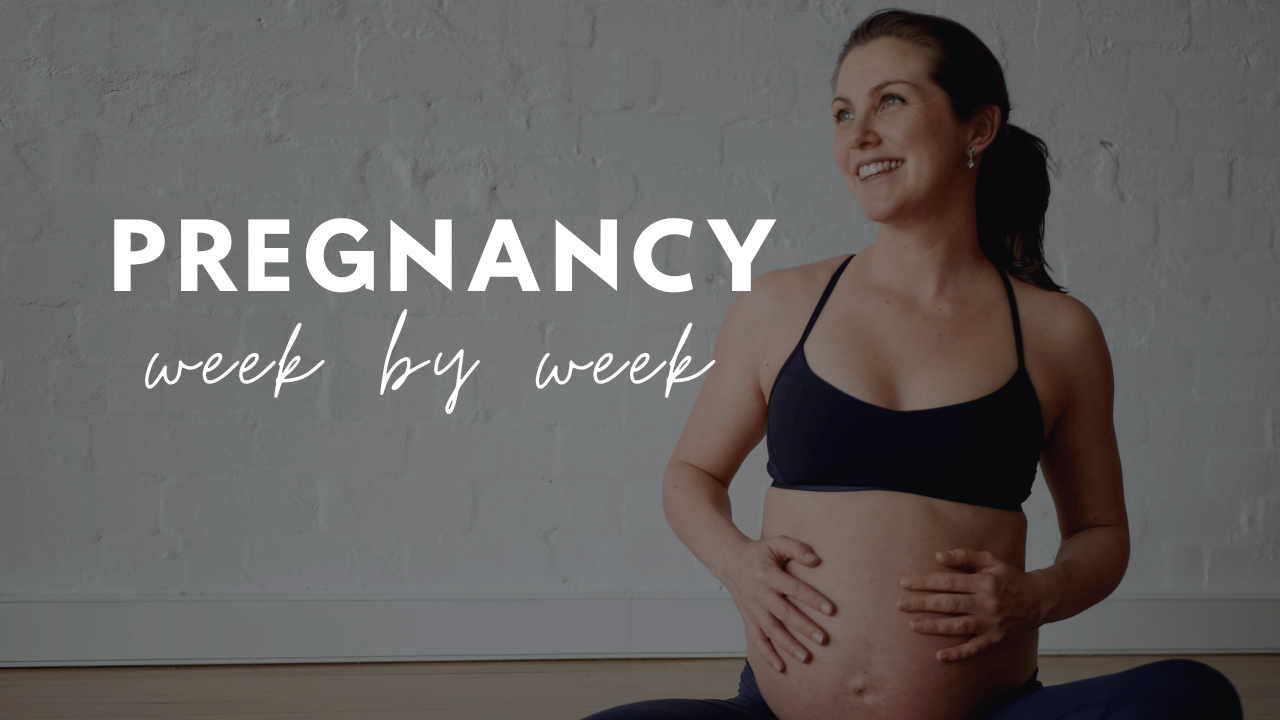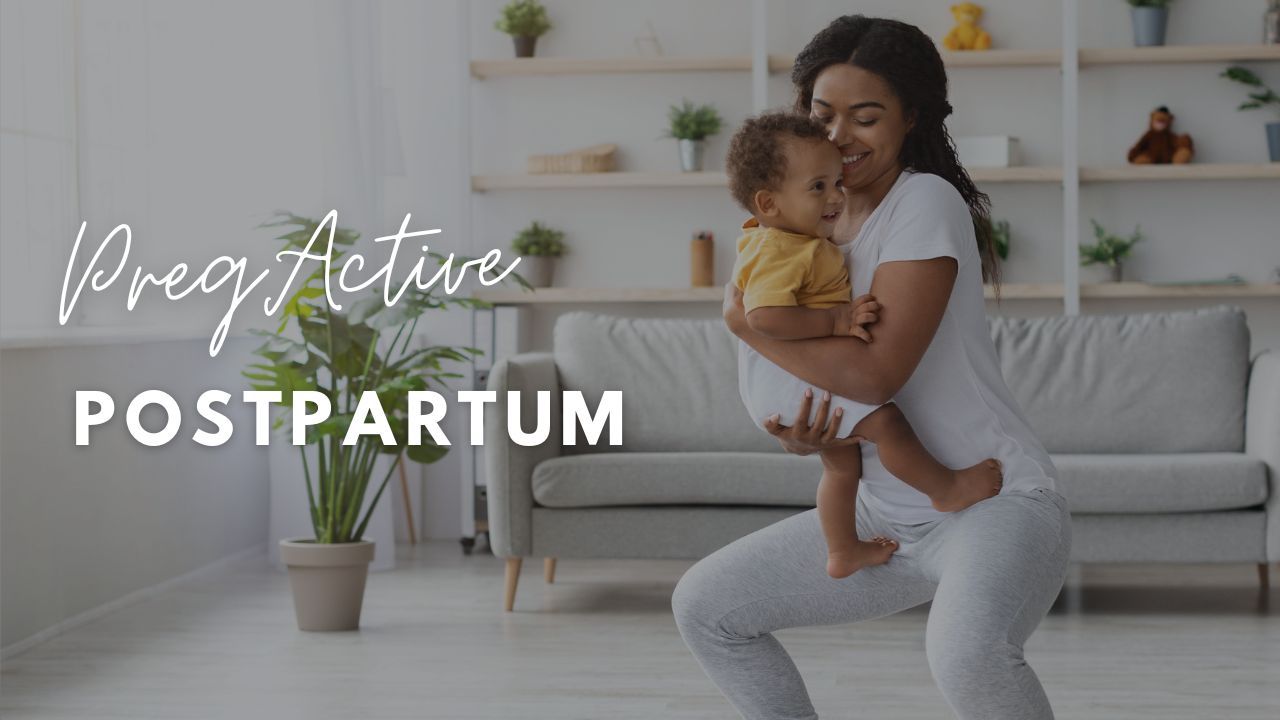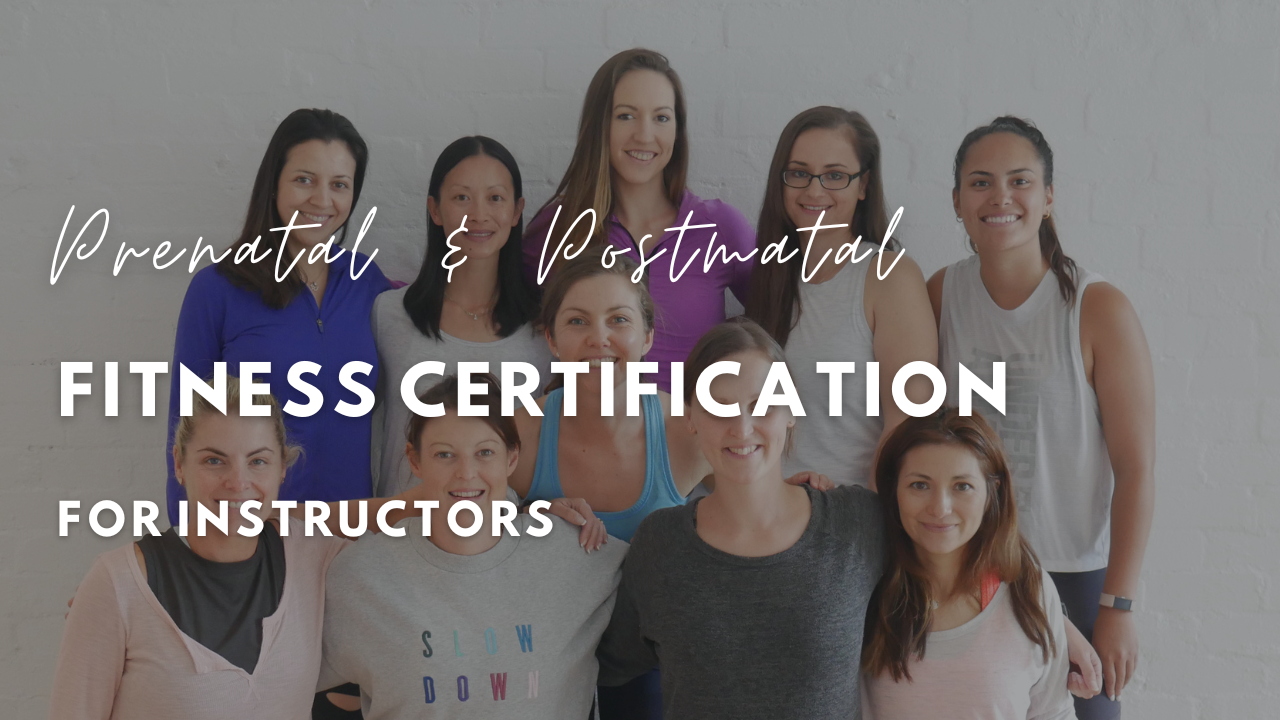5 Best Core Exercises for Pregnancy

Best Core Exercises for Pregnancy
Over the years teaching prenatal and postpartum fitness classes I have found that most women do not know exactly what their core is. So I want to chat about why you must be doing your core exercises when pregnant and also after pregnancy.
If you think that strengthening your core is doing endless ab crunches then I hope this post provides you with the right information to ensure you are only including safe and effective core workouts into your weekly fitness plan.
What is Your Core?
When we refer to your core muscles, we are referring to your pelvic floor and your deep abdominal muscles. Is that all?
Well, it is your midsection which includes all your muscles in that area including the front, back and sides. The core includes the traverse abdominis (TVA), erector spinae, obliques and your lower lats.
5 BEST Core Exercises for Pregnancy
These are safe, effective, and recommended by pelvic-floor PTs, obstetricians, and prenatal fitness specialists (NHS, ACOG, Mutu System, Brianna Battles).
They strengthen the deep core (transverse abdominis + pelvic floor) while preventing diastasis recti, incontinence, and back pain, and they stay 100% safe as your belly grows.
1. Seated 360 degrees Core Breathing + Heel Slides
Why: Re-connects diaphragm - transverse abdominis - pelvic floor. This is the foundation of every strong pregnant core.
How: Sit on a chair/birth ball or stand with back against wall.
Inhale through nose - ribs expand 360 degrees;, belly gently rises, pelvic floor relaxes.
Exhale through mouth - gently draw belly button toward spine + lift pelvic floor (like a soft Kegel).
While exhaling, slowly slide one heel out along floor, then pull back.
Sets: 3 sets - 10-12 slides per leg
Trimester 3: Do seated only, no slides-just breathing + gentle lift.
2. Side-Lying Knee-Opener + Pallof Hold
Why: Trains obliques + deep core to resist rotation and lateral flexion no crunches, zero coning risk.
How: Lie on left side, knees bent 90degrees, pillow between knees + under head.
Hold a light resistance band (or towel) anchored to the left.
Exhale - press band away with right hand, keep torso rock-solid.
At the same time, open right knee like a clam (slow and controlled).
Sets: 3 - 12-15/side
3. Bear Hold (or Incline Bear)
Why: Best anti-extension exercise that doesn't load the linea alba. Proven to reduce diastasis severity by 35% (2022 study).
How: On all fours - hover knees 3-5 cm off floor (or hands on couch/sofa for incline version).
Exhale - draw belly to spine, keep neutral spine (no sagging or arching).
Hold 10-20 sec, rest 30 sec.
Sets: 6-8 holds
Progression: March one foot in/out while holding.
4. Modified Dead Bug (Knees Bent + Head Down)
Why: Teaches core to stay engaged while limbs move exactly what you need for pushing and daily life.
How: Lie on back (until 16-20 weeks) or incline on pillows/wedge.
Knees bent 90degrees, shins parallel to floor.
Exhale - gently draw belly in, press lower back flat, then slowly lower opposite heel to floor (tap only).
If coning appears, stop leg movement and just do the exhale + lift.
Sets: 3 - 12-16 alternations
Trimester 2-3: Switch to standing cable/band press-outs instead.
5. Perineal Bulge-Prevention Squat + TA Lift
Why: Combines deep core activation with pelvic-floor lengthening prepares you for the exact mechanics of birth.
How: Feet wider than hips, toes out 30degrees;.
Hold a sturdy chair or TRX straps.
Inhale - relax pelvic floor, sit deep into squat.
Exhale - stand up while drawing belly in + gentle pelvic-floor lift (NO bearing down).
Sets: 3 - 12-15 slow reps
Bonus: Add 3-sec hold at bottom while breathing + relaxing downward (great labor prep).
Is Your Core Your Stomach?
The quick answer to this is yes. But it is also much more than just your stomach. Contrary to popular belief, your core doesn't just include the abdominal muscles. It also consists of muscles in your back and pelvis.
No matter you are doing; you use your core to accomplish everyday activities such as getting out of bed, lifting baby, carrying the shopping bags or just walking!
You Core Muscles Include:
- Pelvic floor muscles
- Transverses abdominis
- Multifidus
- Internal and external obliques
- Rectus abdominis
- Erector spinae
- Diaphragm
- Gluteus maximus
Why Do Core Exercises?
Without tone through these muscles and correct activation, there can be unnecessary pressure which can have a negative impact on your body, particularly your back and your pelvic floor function.
Your core muscles work as stabilizers for your entire body. So when you hear the term 'Core training' it is simply about doing specific exercises to develop and strengthen these stabilizer muscles.
When pregnant, or as a new mama, you want a strong core.
If any of these core muscles are weakened, it could result in lower back pain or a protruding waistline.
It is important to do your core exercises in order to keep your core muscles strong as they maintain your posture.
Why is Core Training So Popular?
It now seems that just about every gym, studio or health club has core exercise classes. And this is a good thing because in years past group classes just focused on doing endless ab crunches.
Now, instructors are more educated on including core exercises that focus on their client's entire midsection.
When pregnant, you need a strong core to carry baby and prevent common pregnancy injuries such as lower back pain or a weak pelvic floor.
Yes, I know you may be thinking that it is a bit odd to strengthen your core during pregnancy when your belly is expanding and your abs are separating.
Well having a strong core when you are pregnant will only help you enjoy a speedier postpartum recovery.
Building a strong core supports your shifting pelvis as baby gets bigger, and can help alleviate pressure on your back.
How to Activate Your Core Video
Are Core Exercises Safe during Early Pregnancy?
First, if your health care professional has restricted your exercise during pregnancy, then you need to follow their recommendations.
Modified core or abdominal exercises are safe in early pregnancy. Research has found no link between moderate to even vigorous exercise and early pregnancy loss.
What Happens to Your Abdominals When Pregnant?
Towards the end of your first trimester of pregnancy, you may notice a ridge that runs from the bottom of the breastbone down the middle of the belly. This is what is called diastasis recti.
Diastasis refers to the gap between the left and right sides of your abdominal muscles. This gap can sometimes widen by a few centimeters as your baby grows and puts tension on the area.
Are Planks Safe During Pregnancy?
Traditional planks are not my favorite exercise for various reasons which I have already discussed in an in-depth post. You can read that post here - Planks when Pregnant >
There is a better 'modified' plank exercise you can do if you would like to still do this type of exercise. I show you this in my program.
Core Exercises to Avoid during Pregnancy
I grew up doing the old traditional sit-ups and double leg lifts which were commonplace when you were on a sports team. Thankfully now, we have learned to avoid these exercises.
And when pregnant you must avoid them as they put more pressure and pull on the abdomen.
What Else?
Here are some obvious ones, but I want you to avoid moves that involve contortions or bending over backward.
And this leads me to clarify exercising on your back when pregnant. After your first trimester, you'll want to avoid doing any exercises while lying face-up on your back. You can do bridges in an 'inversion' position.
And please avoid crunches, sit-ups and other exercises where your abs bulge especially if you discover you have diastasis recti with a gap of more than three fingers-width.
Why?
Because these exercises put extra strain on your abdominus rectus.
Core Training after Childbirth
As a mama with a newborn baby, you find yourself trying to heal your diastasis recti (abdominal separation) while you endlessly pick-up baby from all sorts of positions.
If your core is not strong you will be more susceptible to injury which is the last thing you need as you go about your daily chores looking after baby. Not to mention it impacts on your overall recovery.
Ah, did I say you may find yourself sitting with baby a lot?
You must keep your body strong despite the amount of sitting you do each day. Keeping your torso strong is important because it is your body's center of power.
If your core is weak, then you will not be able to participate in everyday activities, sports or workouts without worrying about injury.
What Happens to Your Abs After Pregnancy?
If, like most women, you have a separation in your ab muscles, it can take a month or more after delivery for this opening to close.
So you need to start (once doctor approved) with a postpartum exercise program that focuses on healing and recovery. This is what my Core Rehab Studio for Mamas is for.
Then once your ab separation has healed, then you can consider a more intense workout plan such as my stronger mama program.
You Don't Need a Gym to Do Core Exercises
Essentially any exercise that involves the use of your abdominal and back muscles in coordinated fashion counts as a core exercise.
But when pregnant, or recovering post pregnancy; there are many core exercises you must avoid as they will only cause you further pain and injury.
You need pregnancy-specific core exercises to stabilize and strengthen your core. After-all, you are carrying a baby as you watch your belly grow week-by-week.
One exercise I want you to avoid is planking. Yes, I know some trainers get pregnant women to do this but from teaching prenatal exercise classes for over ten years I know first-hand just how bad an exercise this is.
Ready for Some Exercises?
Core Exercise 1 (Bridges in Inversion)

Exercise 2

Exercise 3

What is Transverse Abdominis?
The Transverse Abdominis (TVA) is the deepest layer of the abdominal wall and as acts as a girdle supporting your spine and pelvis.
To activate this muscles avoid 'sucking in'. Instead think of a gentle drawing back of the belly button whilst you image the hip bones drawing towards each other.
The Right Exercises Can Help Tone Your Abs
As you move past your recovery and look towards losing baby weight you may want to work towards getting more defined abdominal muscles. And this is where your core exercises are important.
But you must also do some cardio workouts to help burn abdominal fat which go along with core exercises which strengthen and tone the underlying muscles.
Stand More, Sit Less
Today's society has impacted the ability for people to use their body effectively all day. Instead we sit for prolonged periods of time and walk less.
We sit in cars, at desks, on sofas rather than sitting on the ground or squatting. That is why a modern mother's core needs extra attention. It is important to integrate the basic core exercises into dynamic movement using the whole body.
Takeaway
You need a strong core when pregnant and also during your postpartum recovery. It is essential you know which exercises you should do and which ones you must avoid.
Please only participate in classes or workouts that have been designed by a prenatal or postpartum exercise specialist.





